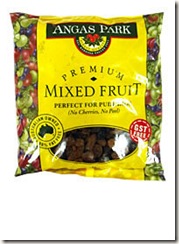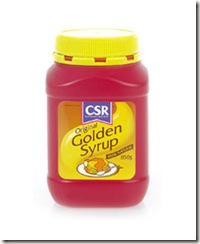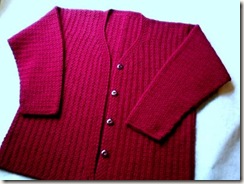Our family gathering on Boxing Day was a lovely day as always - a chance to catch up with all our nearest and dearest, exchange presents, and eat heroic quantities of festive food.
There were prawns. There was cold ham, turkey and chicken, and a bewilderment of salads.
For dessert, I usually contribute a dish of trifle, but this year I made hot toddy sauce instead. We also had pavlova, David's wonderful home-made icecream, Susie's divine sticky date pudding, and a huge platter of Katie's organic cherries and apricots.
 |
| photo from Masterchef |
Trifle is often referred to as "Tipsy trifle", and stories abound of people getting drunk on it. My recipe has just half a cup of sherry, so you'd have to eat the entire dish to get even mildly tipsy... probably best not to give it to the kiddies, though.
I've read that the Italians call it "Zuppa Inglese" (English soup). This is not intended as a compliment.
Ingredients
1 purchased Swiss Roll (this is not about the quality of the cake)
1 medium-sized tin of Pineapple Pieces in Natural Juice.
1/2 cup Sherry (I use McWilliam's Cream Sherry)
packet of Port Wine or Raspberry jelly
300 ml jar of whipping cream
Thick vanilla custard (made with custard powder)
Method
Make up the jelly according to directions on the packet, place in the fridge to set.
Slice the Swiss Roll, and roughly cut into cubes. Strew in the bottom of a large bowl.
Drain the pineapple, saving the juice.
Arrange the pineapple pieces on top of the Swiss roll chunks.
Mix 1/2 cup of pineapple juice and 1/2 cup of Sherry, and drizzle over the cake and pineapple.
Make a thick custard according to directions on the packet, using 2 cups milk, 3 tablespoons custard powder, and 1 tablespoon sugar.
Pour custard over the soggy cake and pineapple, and place in the fridge to set.
Just before serving, chop the jelly roughly with a knife, and arrange on top of the custard. Decorate with whipped cream. (Jelly round the edges, whipped cream in the centre - or vice versa)
Enjoy the sweet, sloppy decadence...
You can use other fruit, too - peaches, apricots, berries - and decorate the top with fruit or shaved chocolate or nuts.










